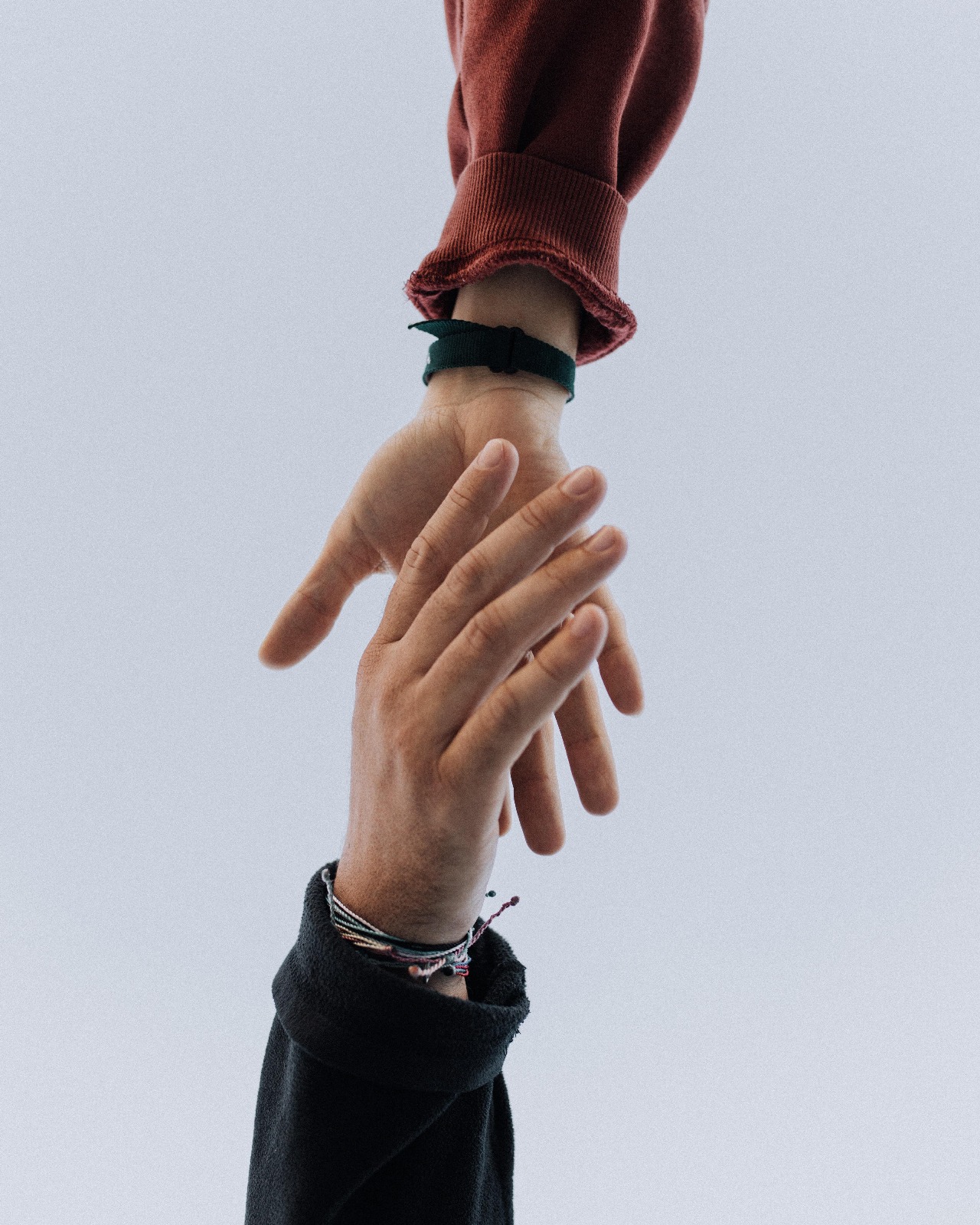In physics, resilience defines the capacity of a material to absorb the energy of a shock by transforming itself. Since then, the concept has spread like the idea of a positive capacity for adaptation: after being shattered by life's trials and tribulations, a resilient person becomes stronger, more solid. Is overcoming psychotrauma a path to success, or should we transform ourselves into a better version of ourselves than we were before the event?
At Cn2r, we know that the reality is quite different: we are not all equal when faced with traumatic events, and we all do our best when suffering from psychotrauma. Resilience is not a particular quality that a person may or may not possess, but rather a set of processes that can be supported and accompanied collectively.
After a traumatic event, our ability to get on with our lives depends very much on our environment, our personality, our age, the people around us, the nature of the traumatic event, our physical health and so on. As each psychotrauma is unique, so is each reconstruction journey.
There are days when we take one step forward in our lives, and others when we take three. There are also days when we can't move forward at all. And then there are days when, for example, with the support of loved ones or a team of carers, we can walk at a snail's pace or take long strides.
Sometimes strength and courage are simply a matter of getting up in the morning, having a cup of coffee with a loved one, continuing one's course of treatment or accepting that some days are harder than others. But that there will also be better ones. At Cn2r, we believe that resilience is the ability to regain a satisfying quality of life.
Lastly, the road to recovery does not have to be a solitary one: it must be supported collectively. While society as a whole cannot anticipate every traumatic event, it must provide the best possible support and assistance to those suffering from psychotrauma.




